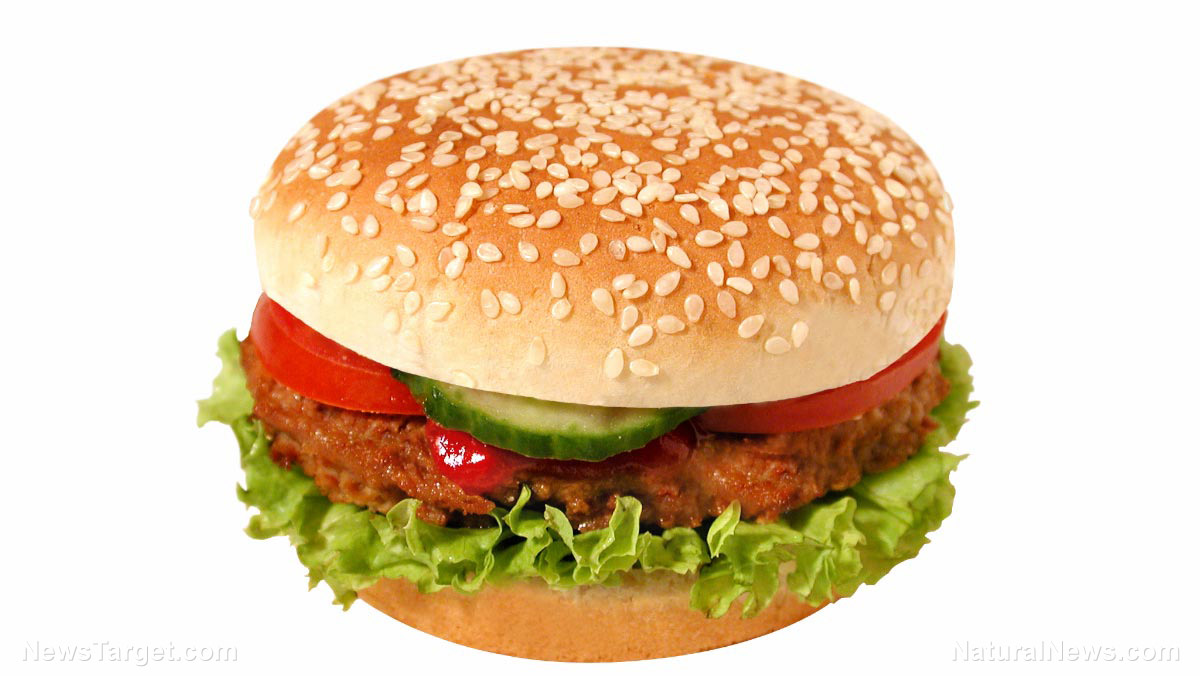
Advertisement
(Homesteading.news) Gardening is a great and cost-effective way to increase your intake of healthy plant foods, as well as increasing your family’s self-sufficiency. But starting a garden can be daunting for people with limited experience. In particular, beginners may have trouble with the often months-long wait required before garden plants are ready for harvest.
Such reluctant gardeners should consider the following five plants, which are easy to grow, and deliver edible results within about a month. As an added bonus, all five grow great indoors, and are therefore suitable even for people living in apartments or other places with limited yard space.
Growing basics
When starting a garden, remember that all vegetables need light, water, air and nutrients (in the form of good soil). Indoor plants should be situated near a window. All of the following crops can be grown even in the winter, as long as they get five to six hours of sun per day.
Plants can be grown indoors in any size container, from a small pot for one plant to a large growing flat. For indoor gardening, be sure to fill containers with potting soil, rather than garden soil. Also make sure that the containers drain well, so your plants don’t drown.
All the following vegetables can be grown easily from seed. Plants should be spaced about four inches apart, but seeds can be planted closer, as long as you thin the plants one they come up. Plants will yield best if harvested from frequently.
Five fast-growing superfoods
Baby greens are a great place to start: they grow fast and easily, and are packed with important nutrients. One of the best is baby spinach, which can be harvested within four weeks of planting. It thrives in containers, even when planted close together.
Spinach is high in a wide variety of phytochemicals that have been shown to help fight cancer, along with vitamin C, folate, vitamin K and iron. While most of these nutrients are best absorbed from raw spinach, some, such as iron, are best absorbed when spinach is cooked. A good compromise is to lightly cook your baby spinach, without much water.
Lettuce is grown like spinach, and can be picked starting about 30 days after planting, as soon as the leaves are three inches long. Lettuce is an excellent source of vitamin C – a powerful, immune-boosting and cancer-fighting antioxidant. Lettuce also aids digestion.
Another fast-growing superfood is radish, which has the advantage of being incredibly efficient: both roots and leaves are edible. In fact, the leaves are even higher in vitamin C, calcium and protein than the roots are. Radish is also high in cancer-fighting anthocyanins, as well as zinc, phosphorus and B-vitamins. The roots can be harvested starting 25 to 30 days after planting. As an added advantage, radishes come in an incredible diversity of varieties.
Green onions are another efficient food: the white bulbs have a flavor like onions, while the green leaves have a flavor like chives. Only the tiny roots are inedible. Green onions take up only minimal space, and can be picked as little as three weeks after planting. They are high not only in potassium and vitamin C, but also in the super-antioxidant quercetin. Quercetin has been shown to help protect against chronic conditions including heart disease, cancer, diabetes, allergies and asthma.
The last of the great starter vegetables is baby carrots (a separate variety from regular carrots). These take just 30 days to mature, nearly three weeks less than regular carrots. They are among the easiest crops to plant; just scatter the seeds on top of the soil and moisten them.
Carrots are renowned for their high levels of beta-carotenes, which the body turns into vitamin A. Numerous studies have also linked beta-carotenes and other chemicals found in carrots to cancer-fighting effects.
By David Gutierrez, Natural News.
More:
- These Companion Plants In Your Garden Will REALLY Boost Your Tomato Crop
- Clean And Green – Inspiring Urban Farm Grows An Astonishing Three Tons Of Produce A Year On A Mere 1/10 Of An Acre
- These Vegetables Grow Best In Small Spaces
Homesteading.news is part of USA Features Media.
Advertisements








